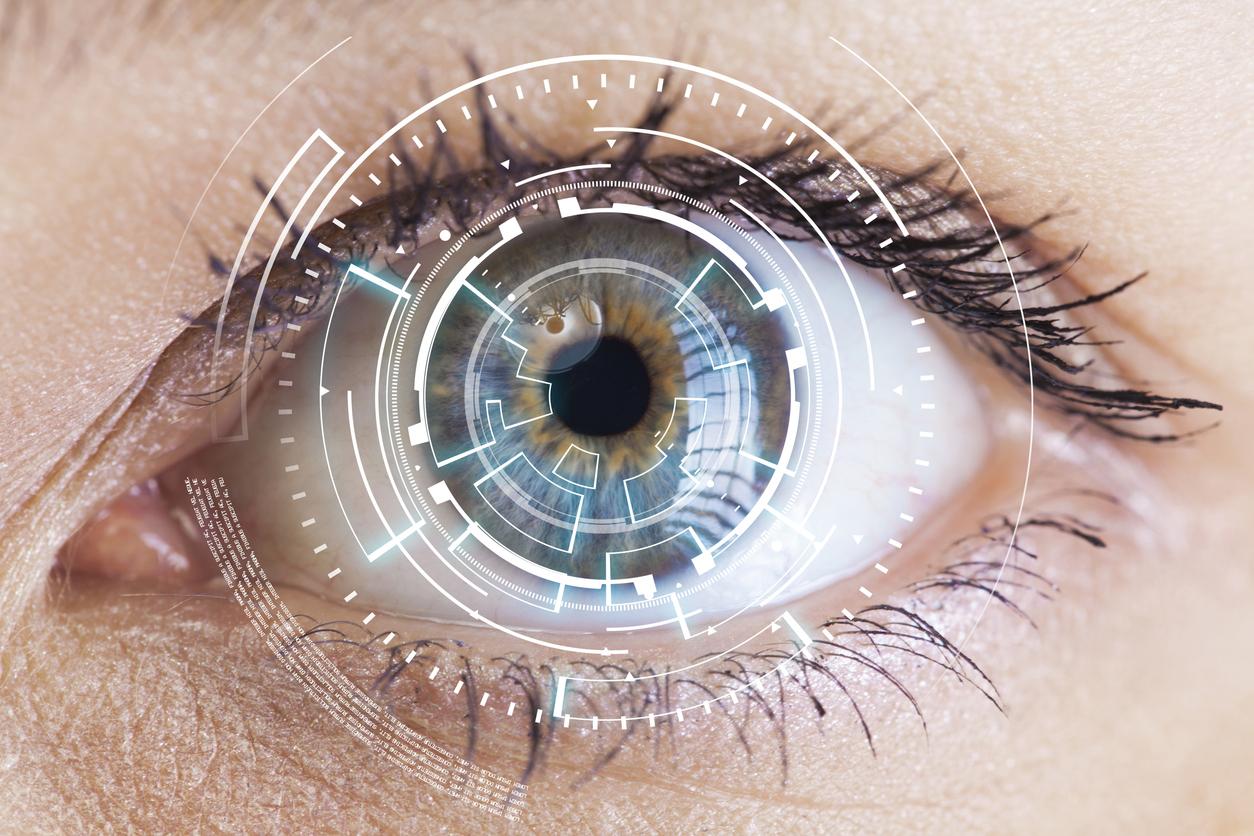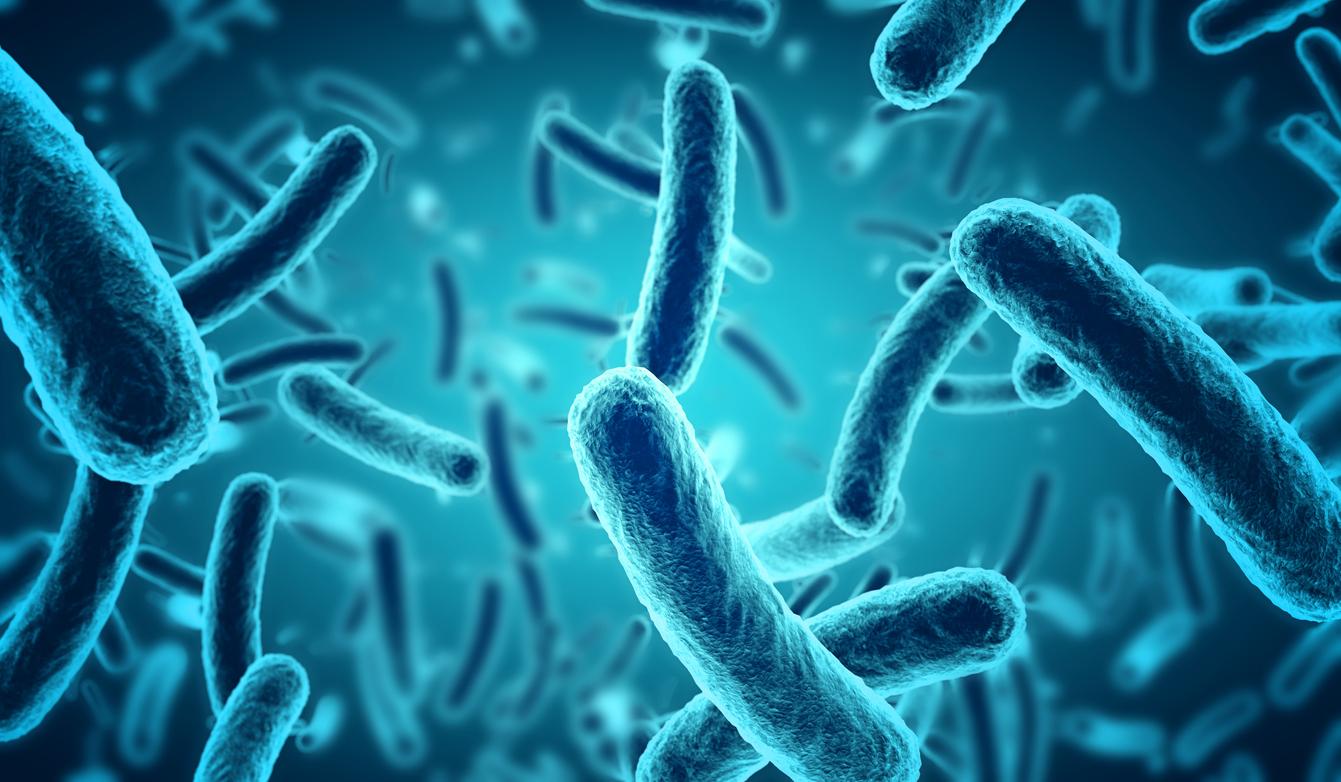Vision loss due to hereditary eye conditions could be caused by bacteria escaping from the gut and traveling to the retina.

- The Crumbs homolog 1 (CBR1) gene is expressed in the retina and plays a crucial role in the construction of the blood-retina barrier, which regulates flow into and out of the eye.
- Its mutations, which reduce the effect of the gene, cause a weakening of the protective barrier around the eye in mice.
- Antibiotics could help prevent the deterioration of hereditary eye diseases associated with the CRB1 gene, which cause blindness.
We know: the intestine is populated by trillions of bacteria, viruses, parasites and non-pathogenic fungi. Many microorganisms are essential for good digestion. However, they can also be potentially harmful. In a new study, scientists have revealed that gut bacteria will find its way into the eyes.
Mutations in the Crumbs homolog 1 gene weaken the protective barrier around the eye
As part of their work, published in the journal cell, they analyzed the impact of the Crumbs homolog 1 (CBR1) gene, which is expressed in the retina (i.e. the thin layer of cells at the back of the eye). It plays a crucial role in building the blood-retina barrier, which regulates flow into and out of the eye.
“The Crumbs homolog 1 (CRB1) gene is associated with retinal degeneration”, the team said. Indeed, the latter is at the origin of the appearance of hereditary pathologies of the retina, such as retinitis pigmentosa and forms of Leber congenital amaurosis (LCA). For the purposes of the research, the researchers conducted an experiment on mice with a gene mutation and reduced levels of bacteria and other rodents with normal gut microbiota.
The results showed that when the gene had a particular mutation that attenuates its expression and reduces its effect, barriers in the retina and in the gut can be overcome. This allows gut bacteria to move through the body and enter the eye, causing damage to the retina that causes vision loss.
Antibiotics could treat eye conditions causing blindness
Additionally, treating “mutant” rodents with antibiotics was able to prevent vision loss in the rodents, although it did not rebuild the affected cellular barriers in the eye. Thus, people with mutations in the CRB1 gene could benefit from antibiotics or anti-inflammatory drugs to reduce the effects of the bacteria. “If this is a new treatable mechanism, it will transform the lives of many families,” said Richard Leeco-author of the study.
Further research is needed to confirm that this mechanism causes blindness in humans and that treatments targeting the bacteria could prevent vision loss.















